Tiles are frequently utilized in both the interior and exterior decor of many different types of dwellings. As a result of the fact that making a decision between vitrified and ceramic can be difficult if the key differences between the two are not understood, this essay was written to shed light on those differences that you may not know. Ceramics are by far the most popular of these materials, and within this category, they can be broken down further into natural ceramic and vitrified tile subtypes. The vitrified tiles have a more ceramic appearance, but they are more processed to provide the appearance of gloss and to have less porosity. 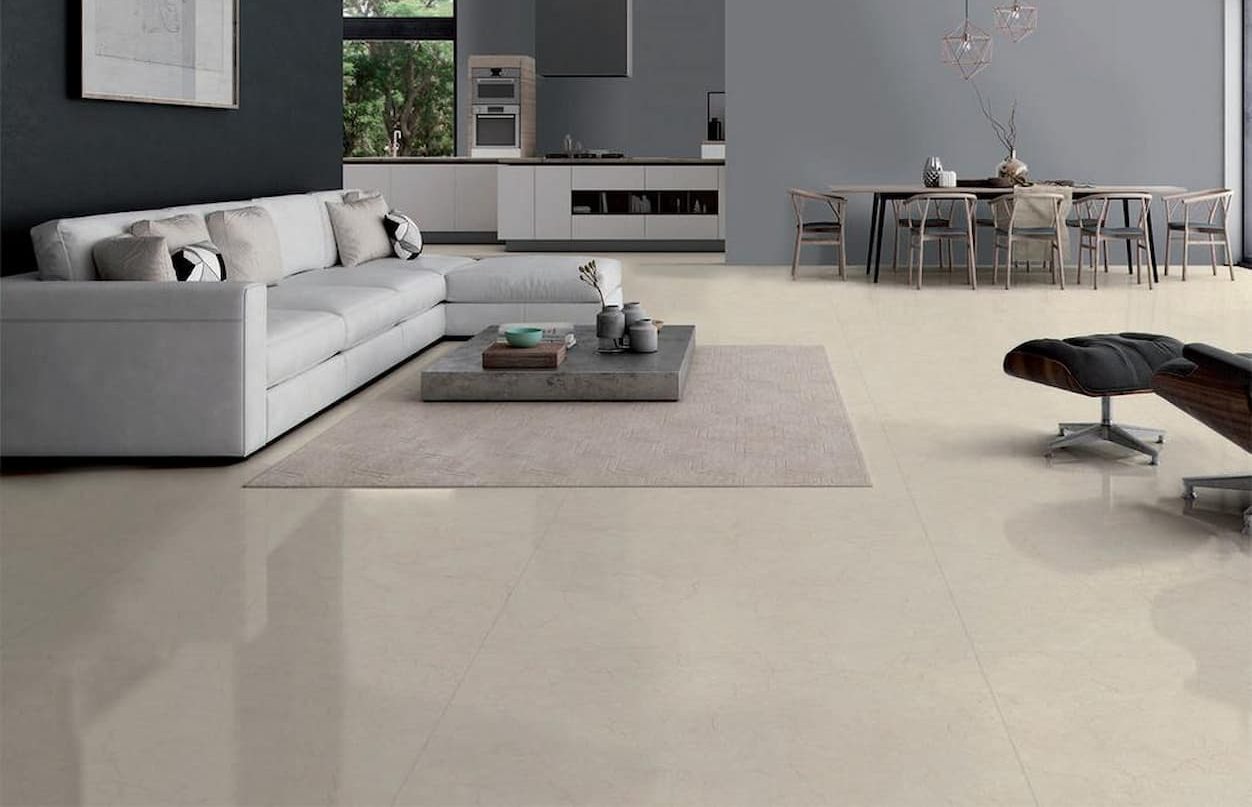
The Meaning of the Term "Ceramic Tiles"
The appearance of ceramic tiles is typically described as being rough, which contributes to its natural aspect. Only natural clay was combined with water in the appropriate proportions to manufacture the ceramic tiles. Because ceramic tile is porous and can take up a greater amount of water than other types of tile, it should not be utilized in locations that are subjected to an excessive amount of moisture. Glazing, on the other hand, can strengthen the tile's resistance to water and make it more durable. There are some tiles that do not have a glaze. After being formed and baked at extremely high temperatures, ceramic tiles are produced by first combining clay and water in a mixing container. To create further versions, additional composites can be added. Tiles made of ceramic, for instance, can be purchased in a variety of hues. 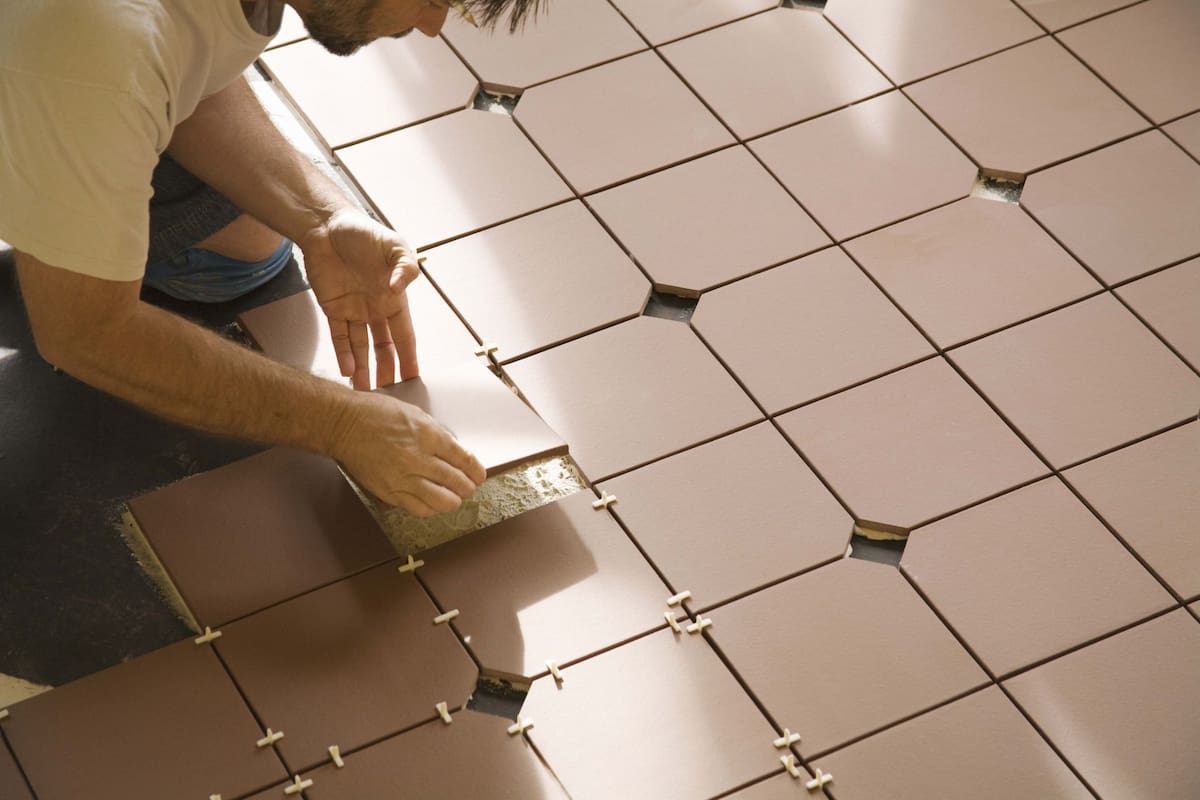
The Meaning of the Term "Vitrified Tiles"
The term "vitrification" refers to the manufacturing technique that is used to create vitrified tiles, which is intended to result in the tiles having increased tensile strength. Vitrified tiles have the appearance of ceramic tiles, but they are glossier, tougher, less absorbent, and have a smaller porosity. These qualities are a result of the presence of silica, quartz, and feldspar in the composition of the tiles, which gives them the appearance of being made of glass and contributes to their overall attractiveness. The composition is first created before being placed in the kiln to be heated. Vitrified tiles, in contrast to ceramic tiles, have a crystalline appearance and feel due to the incorporation of glass components into their manufacturing process. In addition, clay is utilized, albeit in a much lower proportion than in the production of ceramic tiles. Before the clay is heated, the dye is combined with it in order to produce a variety of hues. If you scratch the vitrified tiles, the color will appear to be uniform throughout the entire surface. Tiles that have been vitrified go through a procedure that makes them more long-lasting. 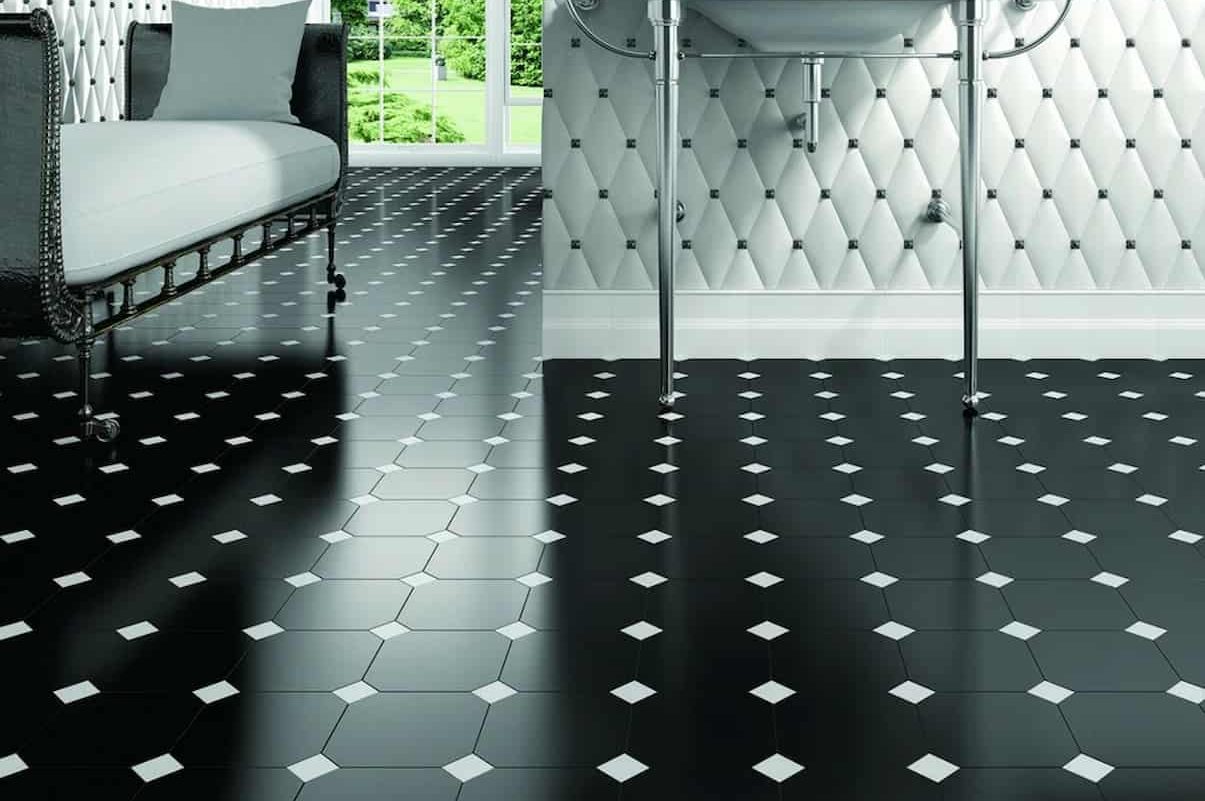
Comparison of Vitrified and Ceramic Tiles for Various Applications
Despite the risk of water damage, vitrified tiles are frequently employed in commercial buildings. This is the case even if these other types of tiles are suitable for the same uses. They appear to be made of glass and have a glossy finish. On the other hand, ceramic tiles are utilized less frequently in spilled places and more frequently inside houses. The different ways in which they can be used are due to the different rates at which they absorb water, with ceramic having a higher rate.
Comparative Analysis of the Composition of Vitrified and Ceramic Tiles
Ceramic tiles are formed of a mixture of natural clay and a solvent, whereas vitrified tiles are constructed of a mixture of clay, silica, feldspar, and quartz. Because vitrified is composed of glass components, it will have a texture similar to that of glass and be smooth, whereas ceramic will have a more grainy appearance. However, glazing can also give ceramic tiles a shiny appearance. 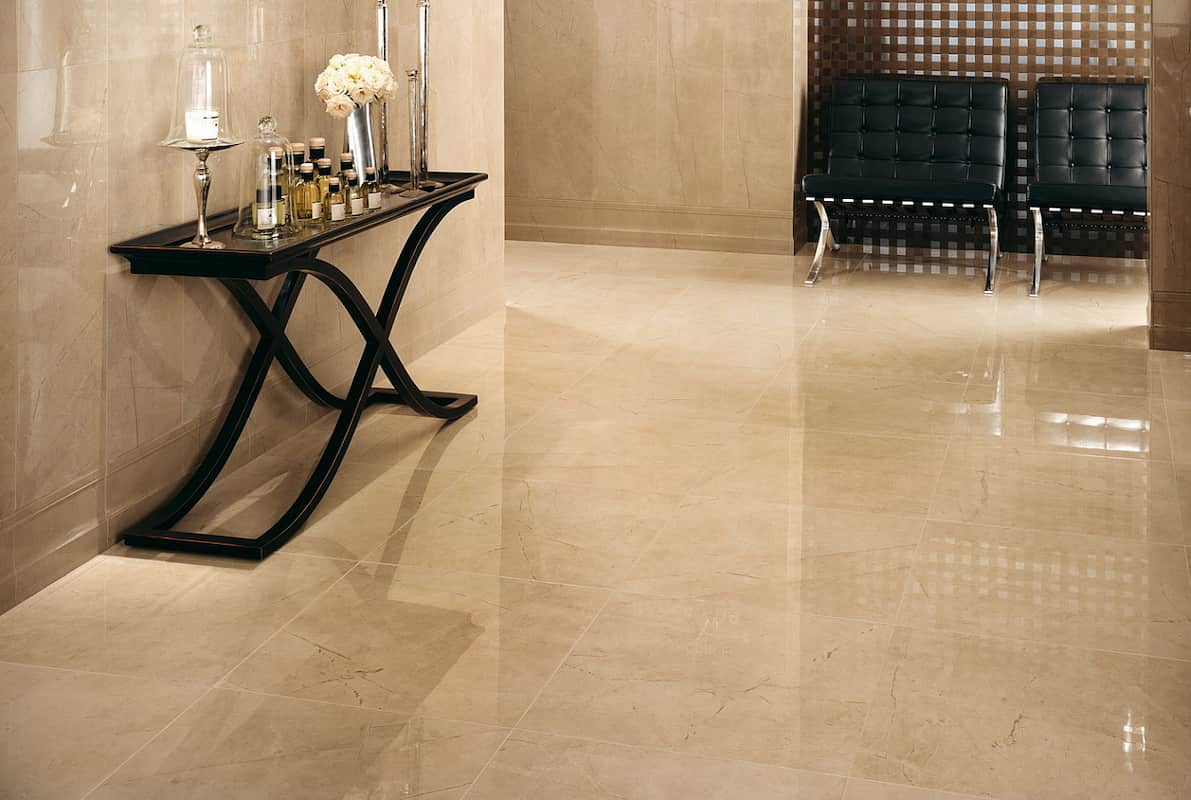
Comparison of the Resistance of Vitrified and Ceramic Tiles
The vitrified tiles are considerably more durable than their ceramic counterparts. Vitrified materials are meant to be more scratch-resistant and durable. In the meanwhile, ceramics can be glazed to make them significantly more ceramic.
Vitrified and ceramic tiles will be installed.
Ceramic tiles are simpler to install compared to vitrified tiles, which require more effort to install.
Cost Comparison Between Vitrified and Ceramic Tiles
The cost of vitrified tiles is significantly higher than that of ceramic tiles. 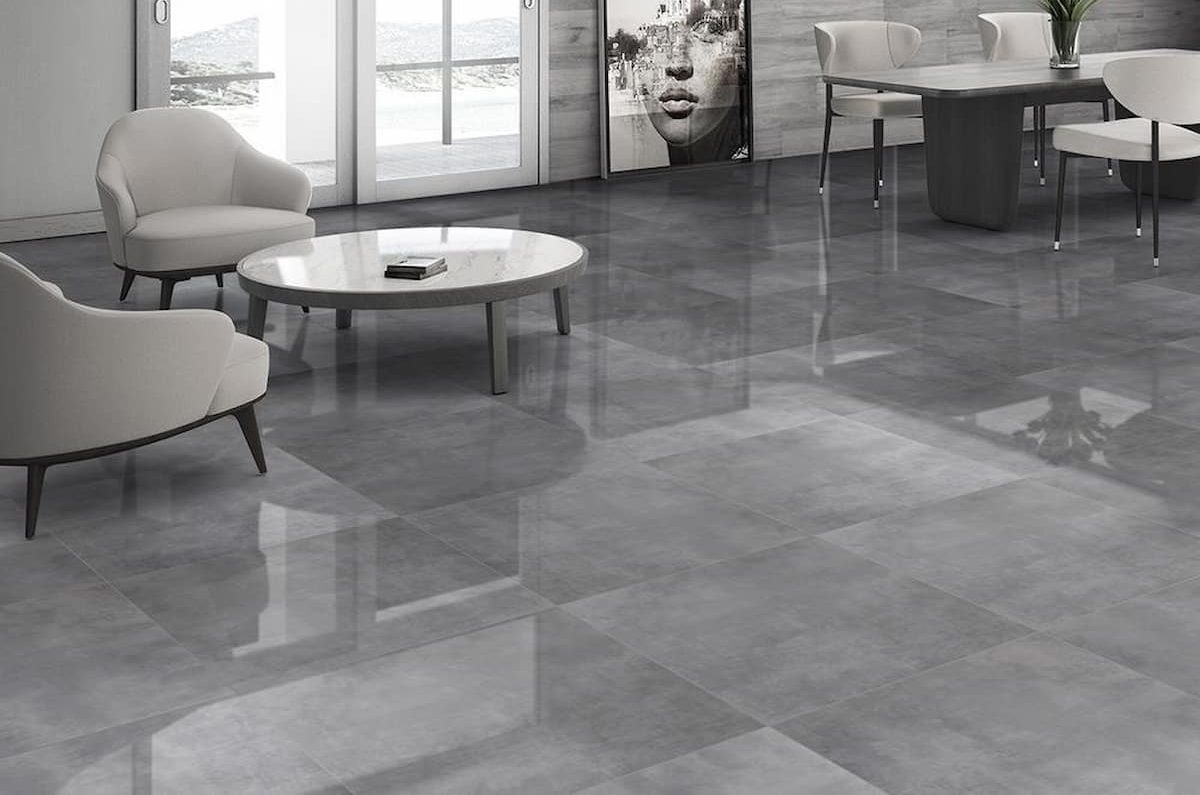
Comparison between Vitrified and Ceramic Tiles
- Vitrified tiles are made of glass, while ceramic tiles are constructed of earthy clay.
- Clay, silica, quartz, and feldspar are the four minerals that are used in the production of vitrified tiles.
- Because ceramic tiles are naturally rough, they must be glazed in order to have a glossy texture.
- Because vitrified tiles are composed of glass components, they have a more polished, glass-like appearance.
- Ceramics are better at absorbing solvents but less resistant to stains.
- Vitrified tiles have a lower absorption rate for solvents and a higher resistance to strain.
- Ceramic tiles are frequently used in locations that are less prone to water or any other type of leakage.
- Because vitrified tiles are less absorbent than other types, they are suitable for use in any setting.
- Ceramic tiles are easier to install and cost less than other types.
- Vitrified tiles, on the other hand, have a higher price tag and are more difficult to put in place.
